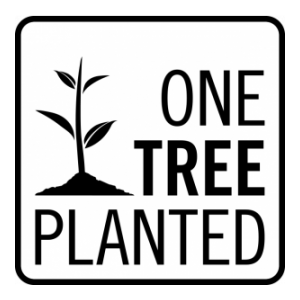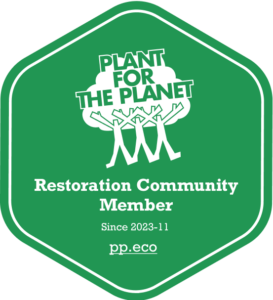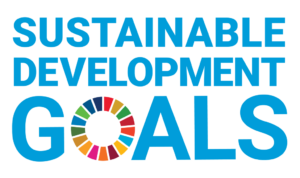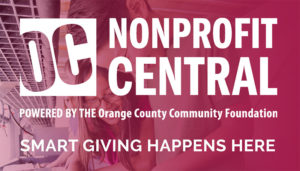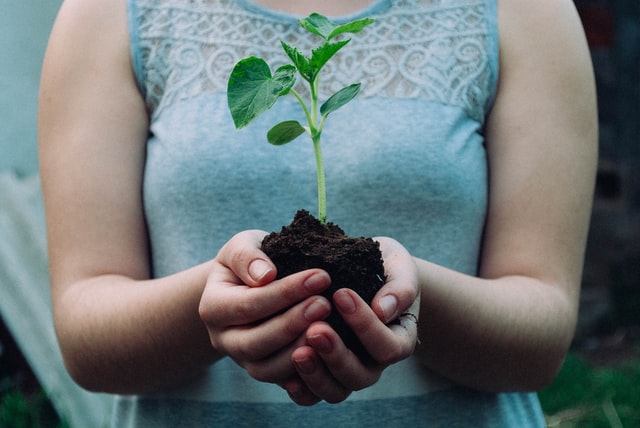Reforestation
Community-Led Reforestation
For over 35 years, Plant With Purpose has empowered local organizations and community leaders to build a localized movement of rural communities who are reforesting and replenishing watersheds around the world. We are planting more than eight million trees each year, now approaching 50 million total trees.
The movement is growing. Farmers, mothers, fathers, youth, and elders are reforesting the watersheds in which they live and work. As trees are planted, people understand the value of trees for their own livelihoods and local environment.
The impact is real and measurable. Tree cover is increasing or stable in all of the watersheds where we work, growing at a global average of .39% per year. Over three years, that is 2.7% greater than national trends representing 2.2 million acres of land protected or restored.
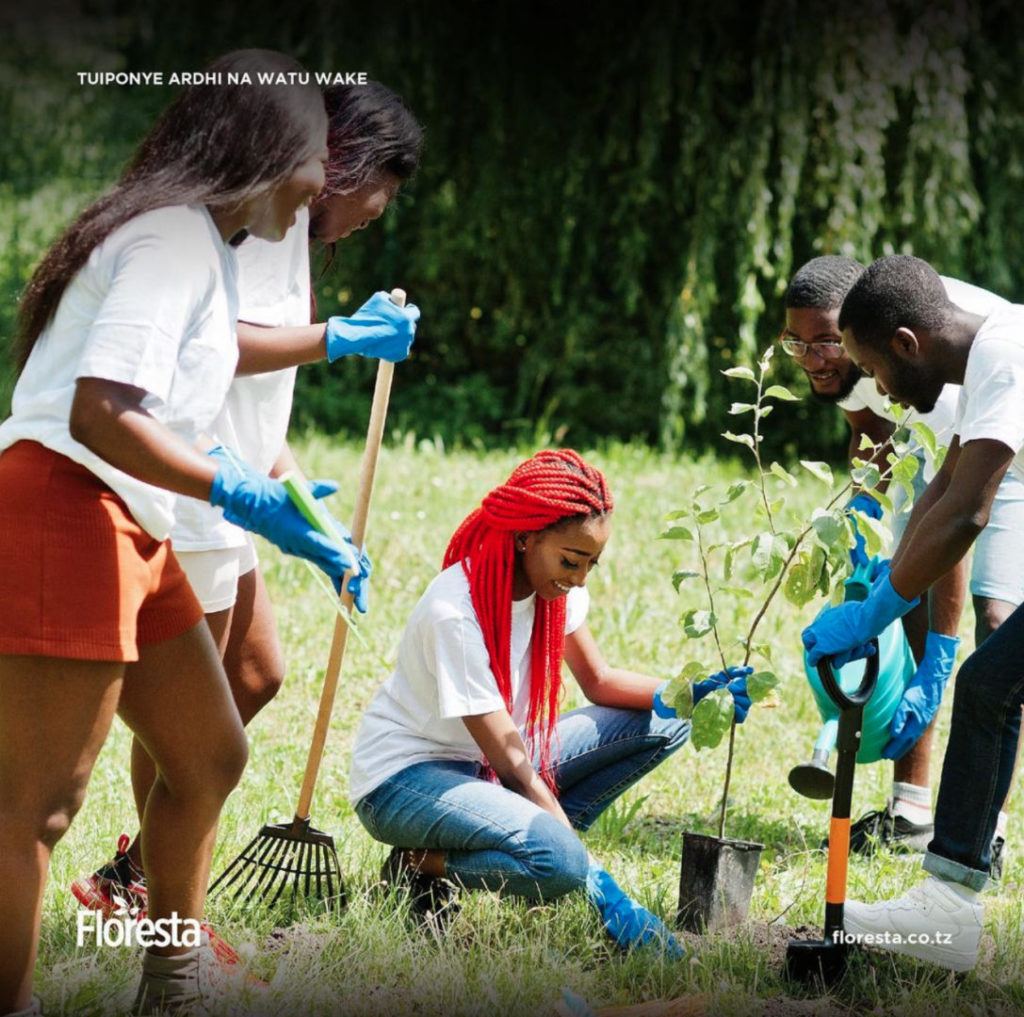
Burundi - Nyakazu
Dominican Republic - Upper Ozama
Thailand – Hoi Lu
How Do We Grow Trees?
Plant With Purpose promotes a wide range of techniques for growing trees. All are applied strategically within a watershed and lead to a maximum impact on landscape restoration, poverty alleviation, and strong community ownership.
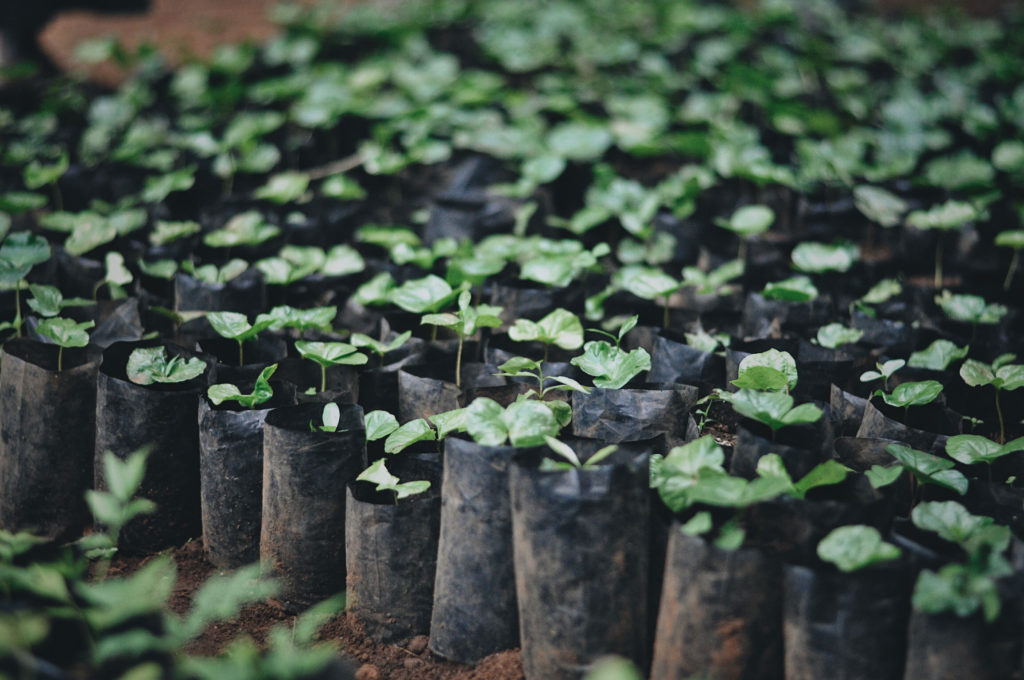
Tree growing
We mobilize communities to plant trees for reforestation. Most of our resources go into training and equipping local communities who then cultivate seedlings and grow trees, focusing on the right tree in the right place. This is always done within a watershed with a heavy focus on landscape restoration.
Some examples of techniques for reforestation by growing trees with a watershed restoration focus include living fences, living barriers, agroforestry, woodlots, riparian zone plantings, and occasional larger scale plantations.
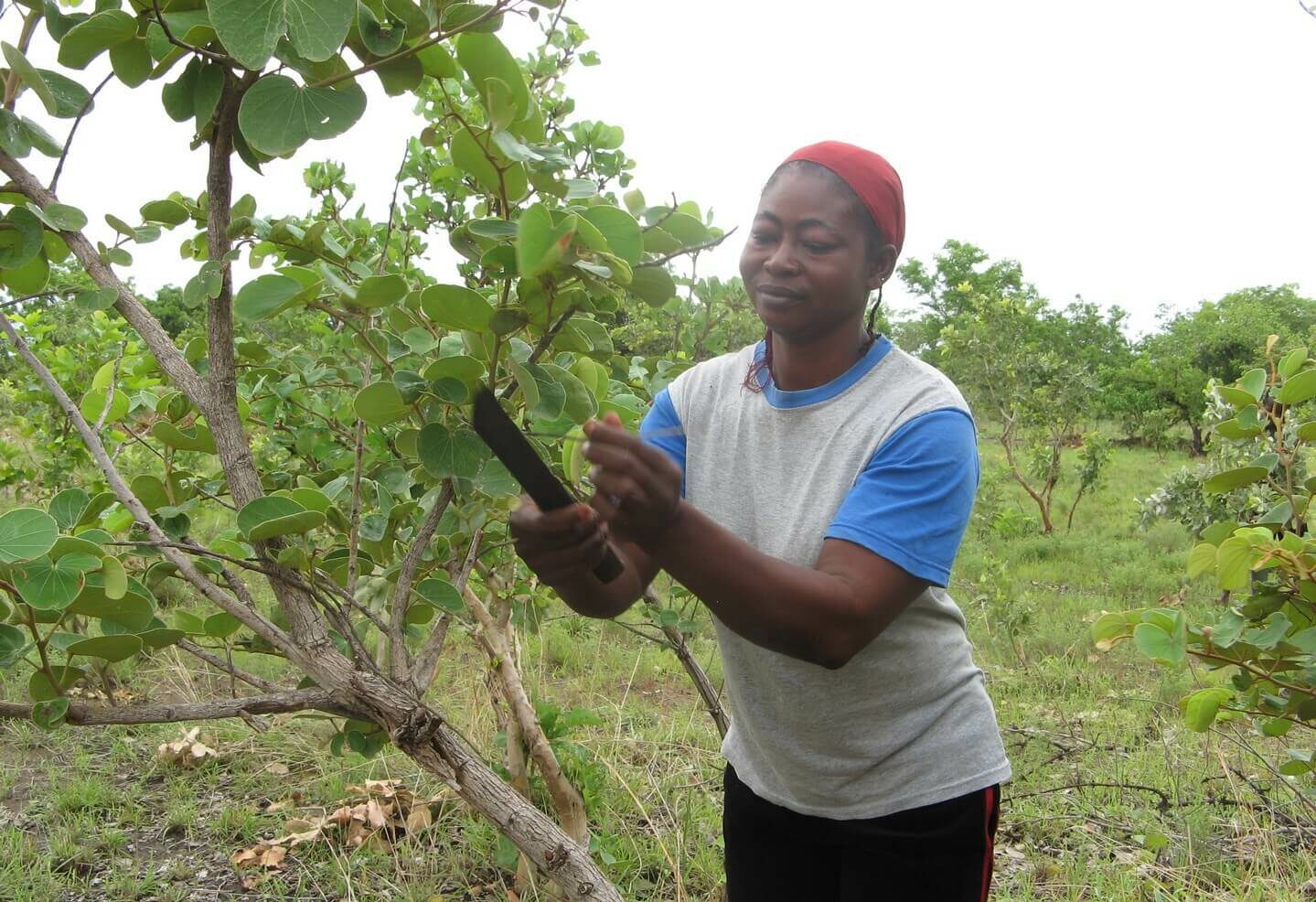
Farmer Managed Natural Regeneration (FMNR)
In most places, there are already tree roots beneath the soil. Tony Rinaudo, father of FMNR, called this the “underground forest.” If communities can manage grazing and stop unnecessary burning, these trees that are already within the soil can grow. The advantages of this method are straightforward. Trees tend to grow faster, and the species that grow naturally are already well adapted to local conditions and will thrive.
(Photo credit: World Vision Australia)
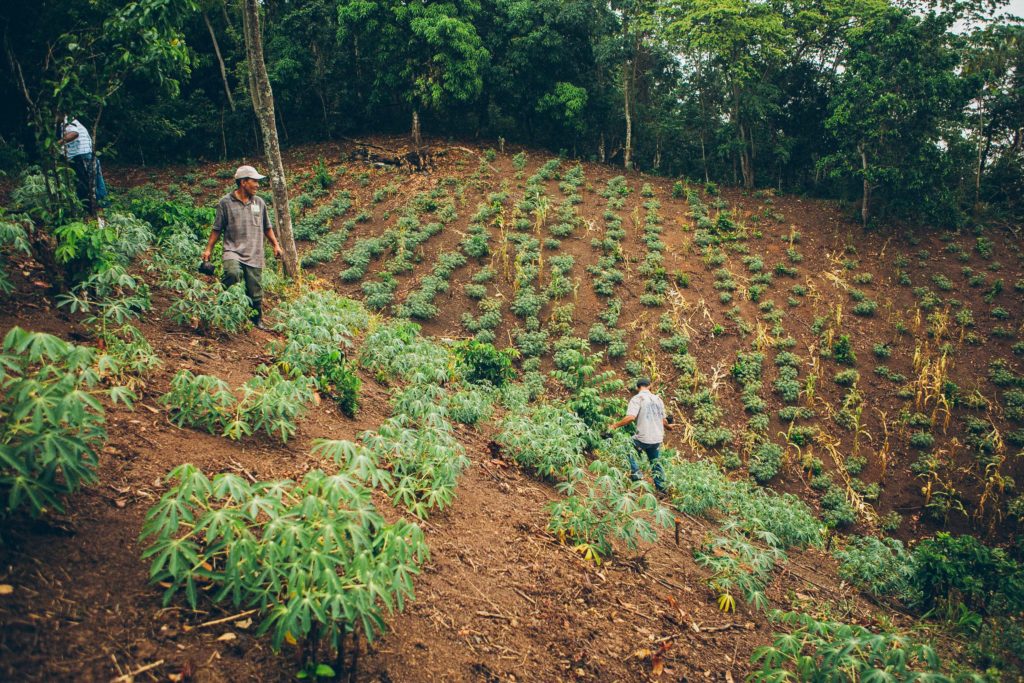
Agroforestry
A majority of trees planted by Plant With Purpose partner communities are planted within complex agroforestry systems. Agroforestry simply incorporates trees onto farmland so that crops can benefit. We also emphasize diversity and ecosystem resilience. A healthy farm is well integrated with its surrounding ecosystem. Our long-term plan for building resilient watersheds requires a critical mass of farms within a watershed to apply agroforestry methods.
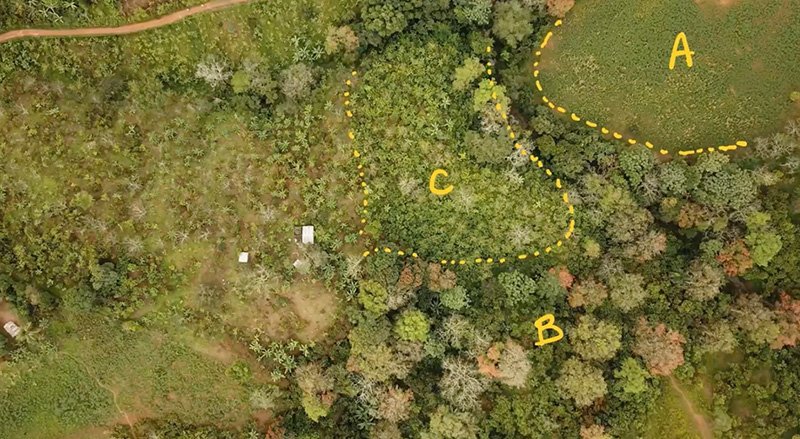
Community forestry
Some Plant With Purpose communities take a community forestry approach to reforestation. Communities set up environmental networks for cooperation across a region and map out areas dedicated to agriculture, dedicated forests, and other land uses. This allows local communities to manage the land according to its planned use, which is particularly important when needing to show that community members are part of the solution and not part of the problem.
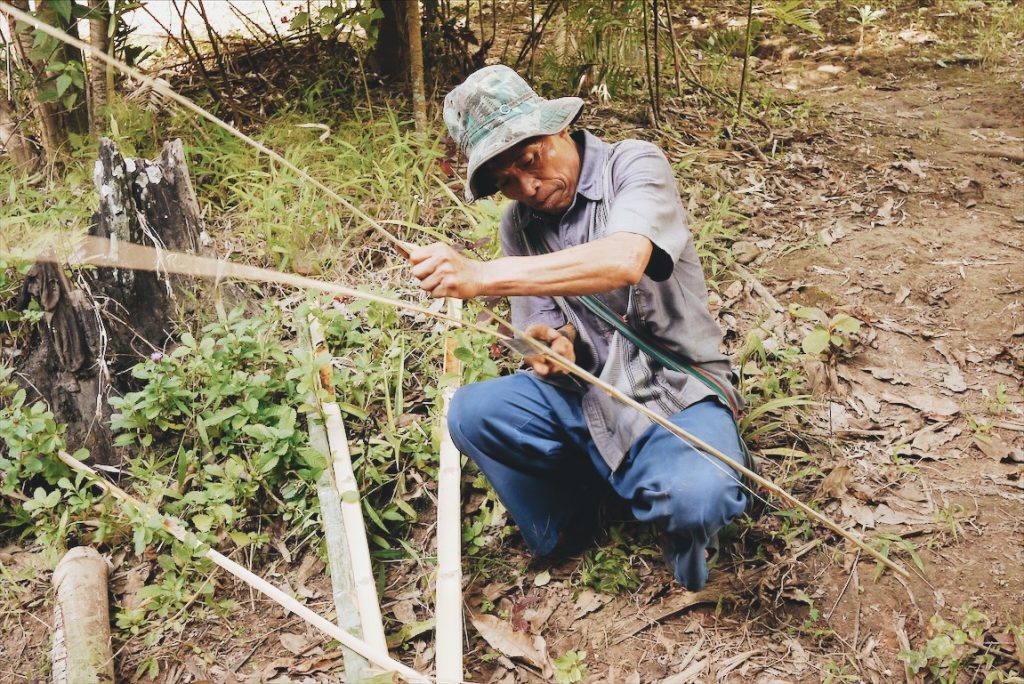
Native seed collection
Plant With Purpose partner families plant native species at almost twice the rate (50%) of the comparison groups (27%). We train communities on native seed collection and cultivation. This often leads to innovation as many native species are not commonly studied or grown in commercial nurseries. Plant With Purpose partner families are learning how to cultivate and grow the species that are found locally in the remote, rural communities where they live.
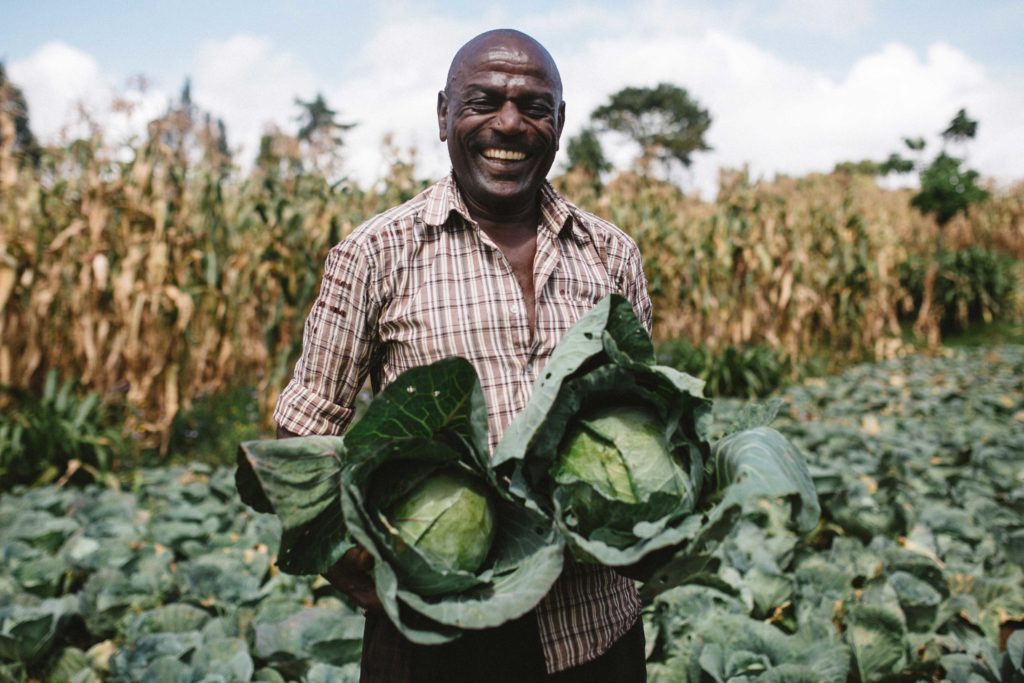
Beyond trees
While reforestation and tree growing are key components of Plant With Purpose’s work, trees are not always the answer. Sometimes non-tree species have similar benefits and make the most sense for local ecological conditions. Grasses or shrubs may be a good solution. In other cases, we might suggest green manures or non-tree cover crops. Our watershed restoration work is adaptive and always focused on the right solution in the right place. However, when reporting on the number of trees grown, we will only count woody tree species.
Stories of Life Change
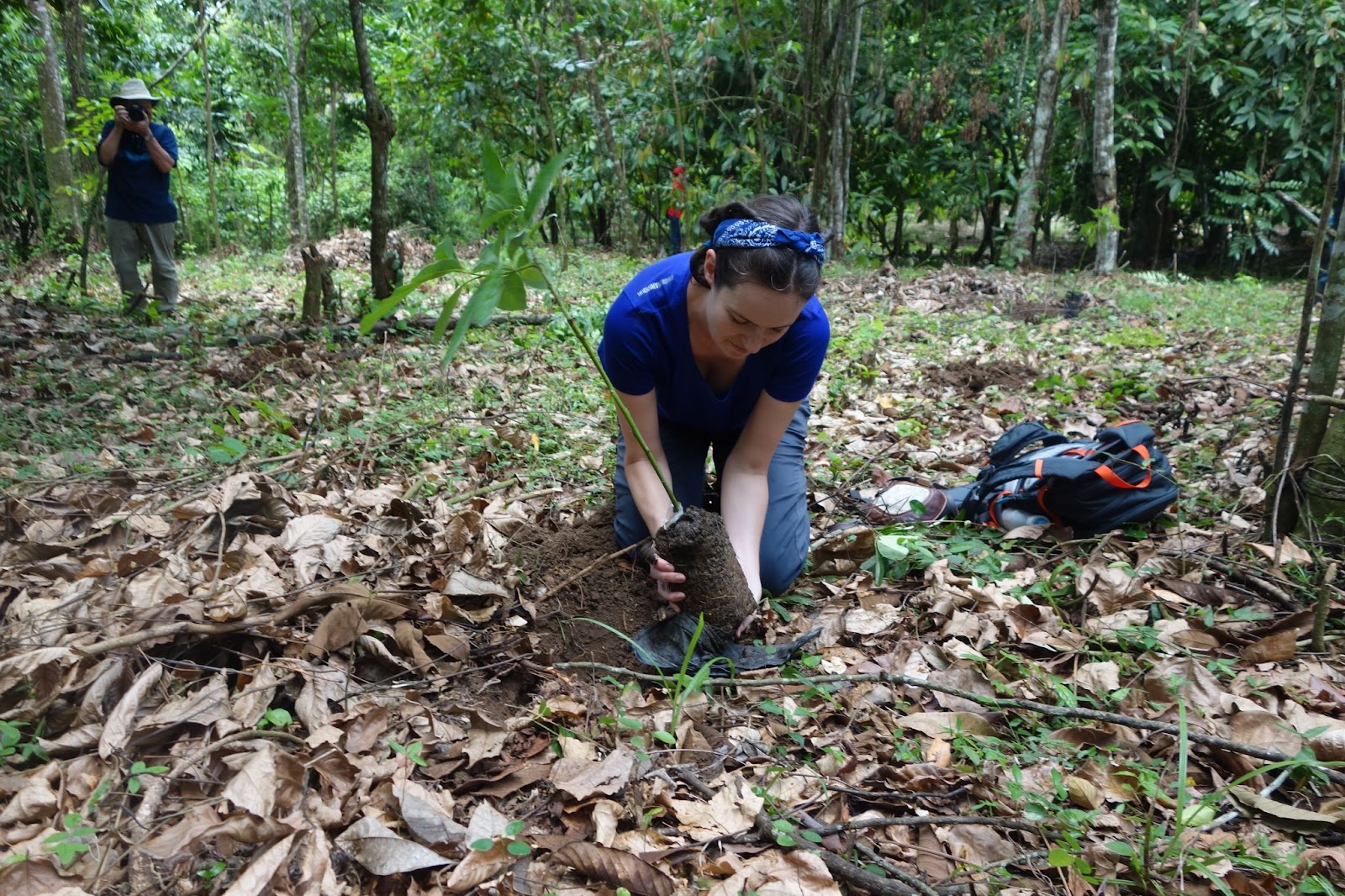
Valerie Foulkes
Valerie Foulkes
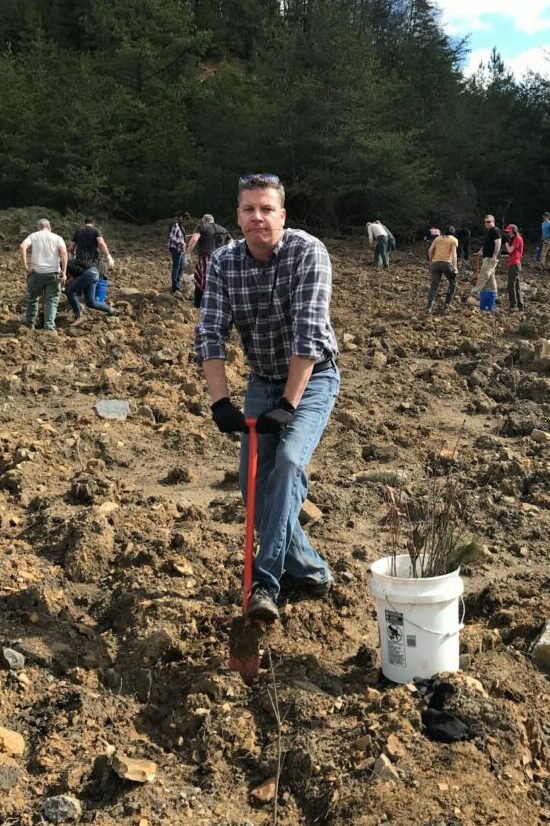
Bradley Brandt
Bradley Brandt
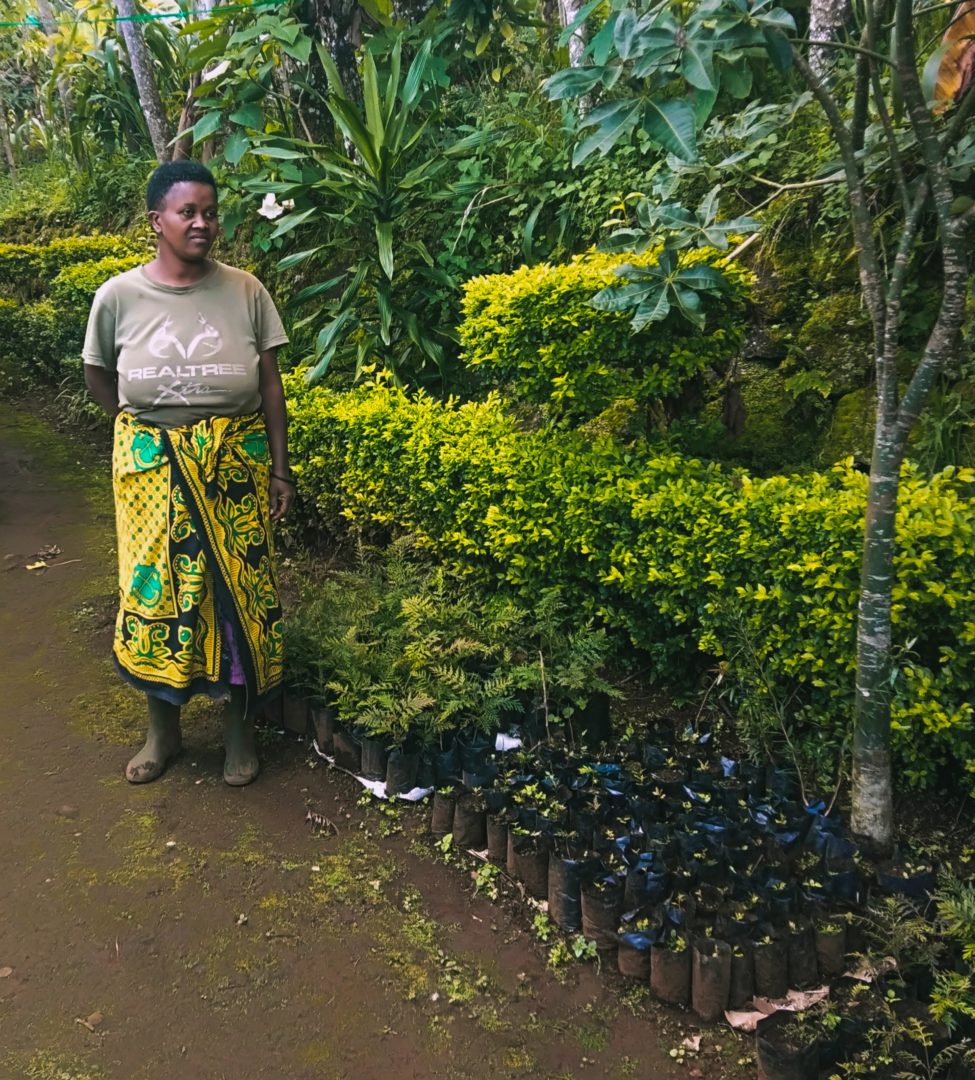
Haika
Haika
Measuring Impact
In addition to the community reported tree counts and impact evaluation surveys, we also rely on remote sensing tools to verify and validate reforestation efforts. We use NDVI, satellite imagery, MOD44B tree cover, % tree cover data, and other remote sensing data/tools to measure change in vegetation cover and tree cover in each watershed over time.
Global Tree Planting Partnerships
